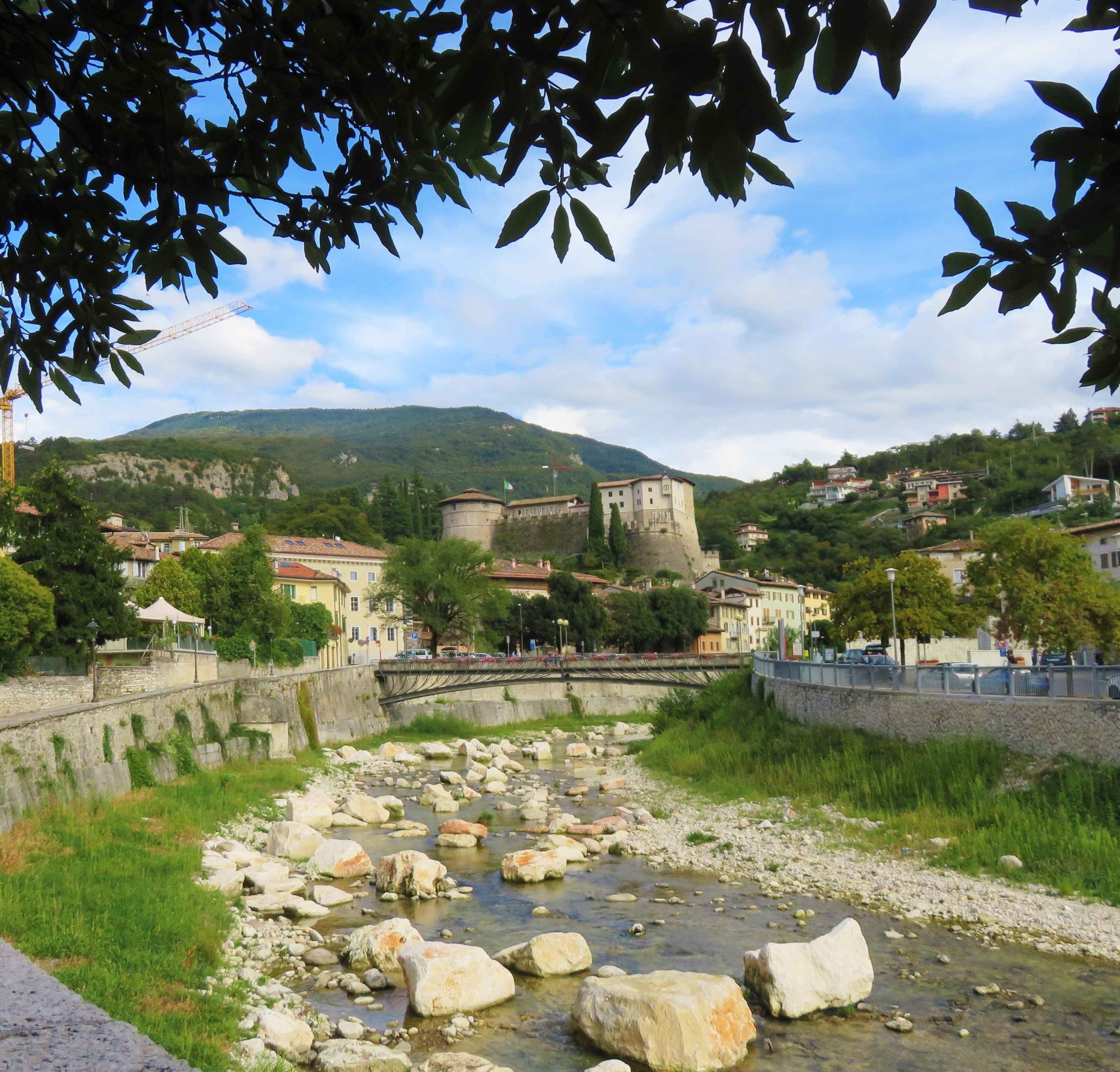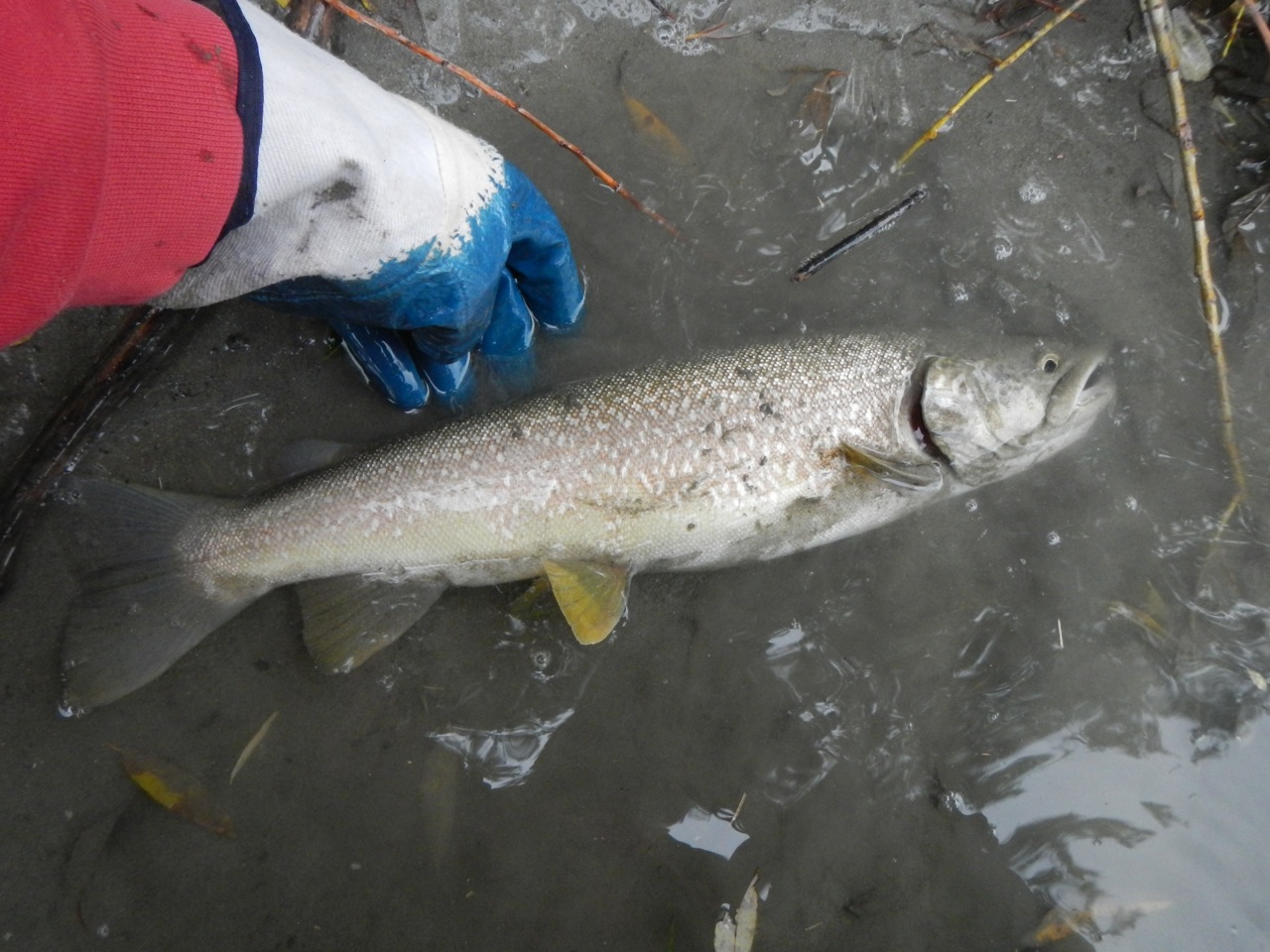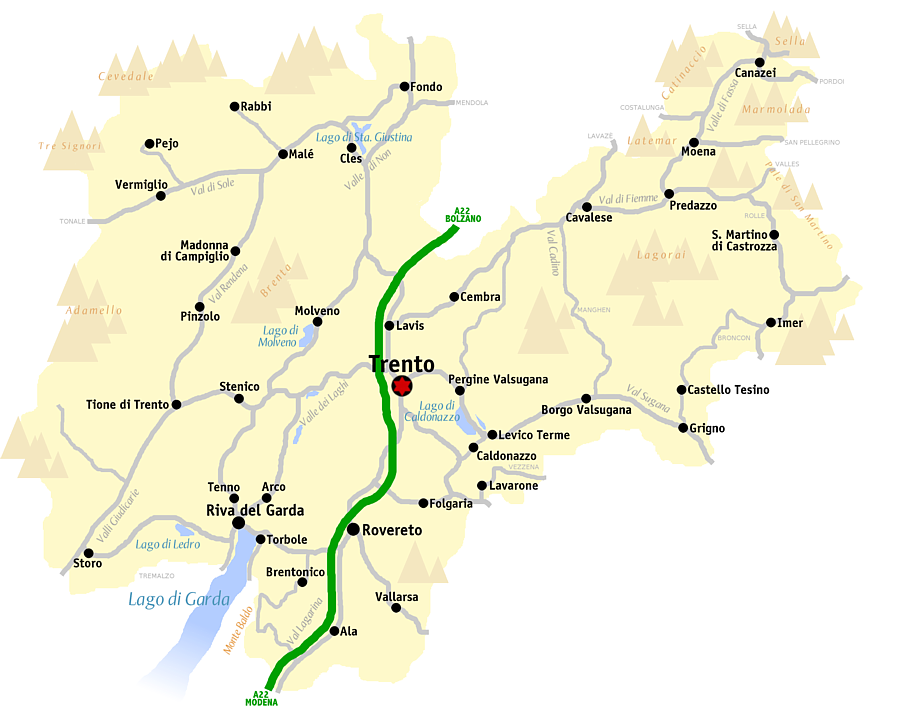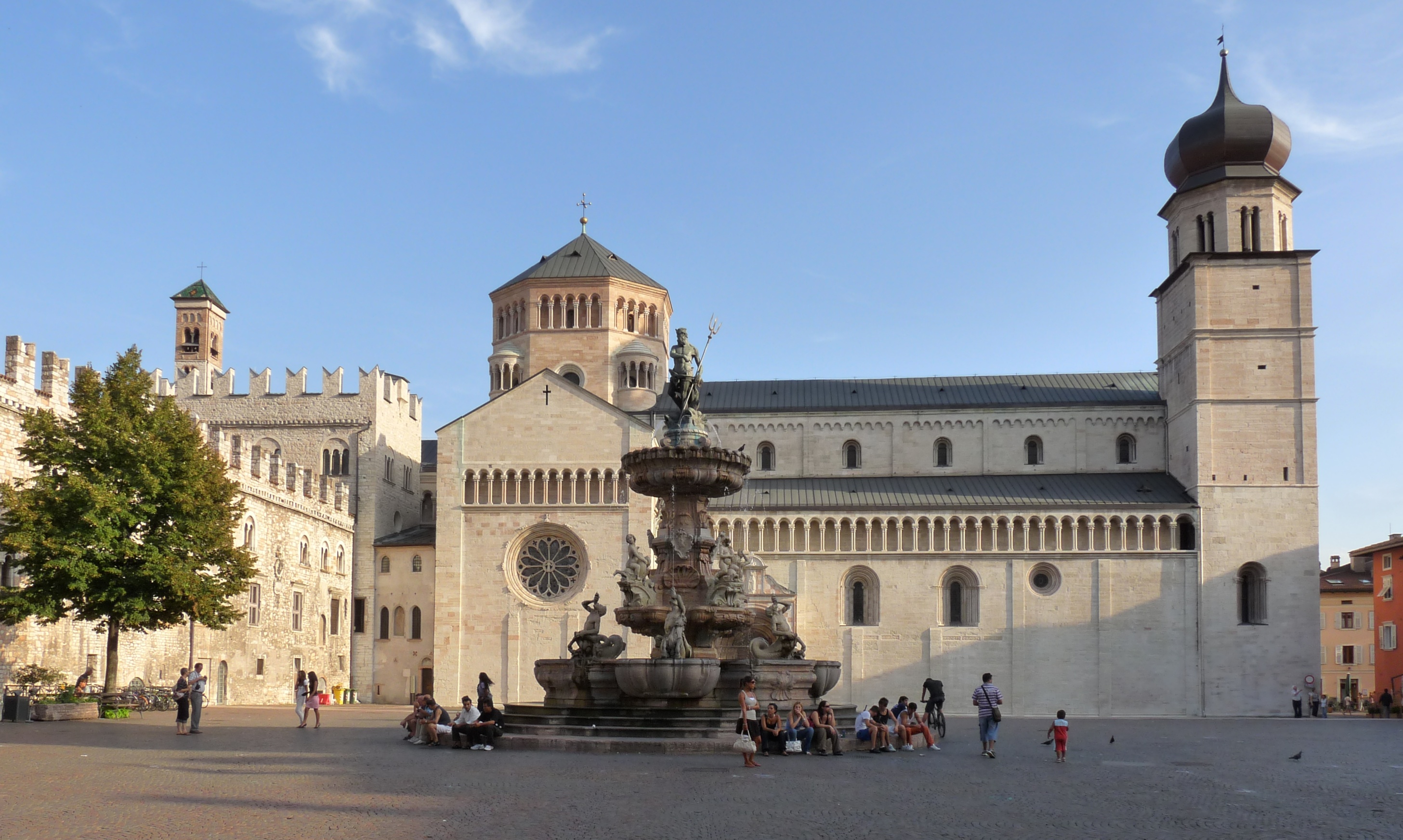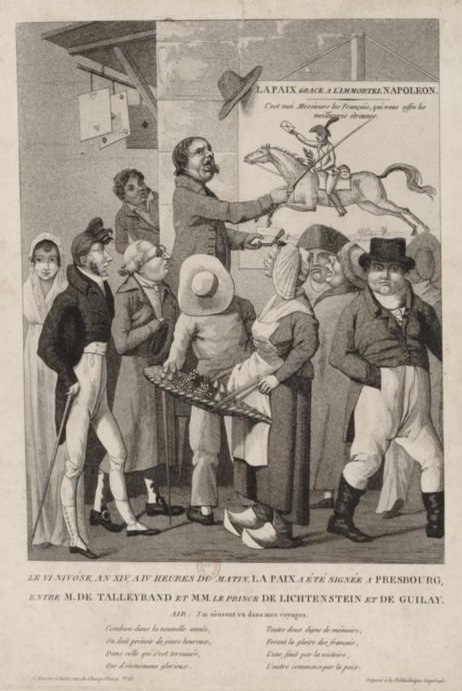|
Rovereto
Rovereto (; "wood of sessile oaks"; locally: ''Roveredo'') is a city and ''comune'' in Trentino in northern Italy, located in the Vallagarina valley of the Adige River. History Rovereto was an ancient fortress town standing at the frontier between the Republic of Venice – an independent state until 1797 – and the Prince-Bishopric of Trent – a state of the Holy Roman Empire. In the Middle Ages it was known by its German toponyms ''Rofreit'' and ''Rovereith''. This town started to be populated with inhabitants of the prehistory with traces that were found where today are the oldest ways which belong to the actual main historical centre, around via della Terra. The town has a complexity of plans which are printed in various developments, as if it could have different directions to evolve an ideal, brought towards its completeness in the 15th century, from the model of Siena – the leaf of the crown and the classic Athens reference of the foxil Nautilus. Some of the tra ... [...More Info...] [...Related Items...] OR: [Wikipedia] [Google] [Baidu] |
Battle Of Rovereto
In the Battle of Rovereto (also Battle of Roveredo) on 4 September 1796 a French army commanded by Napoleon Bonaparte defeated an Austrian corps led by Paul Davidovich during the War of the First Coalition, part of the French Revolutionary Wars. The battle was fought near the town of Rovereto, in the upper Adige River valley in northern Italy. The action was fought during the second relief of the siege of Mantua. The Austrians left Davidovich's corps in the upper Adige valley while transferring two divisions to Bassano del Grappa by marching east, then south down the Brenta River valley. The Austrian army commander Dagobert von Würmser planned to march south-west from Bassano to Mantua, completing the clockwise manoeuvre. Meanwhile, Davidovich would threaten a descent from the north to distract the French. Bonaparte's next move did not conform to the Austrians' expectations. The French commander advanced north with three divisions, a force that greatly outnumbered Davido ... [...More Info...] [...Related Items...] OR: [Wikipedia] [Google] [Baidu] |
Trentino
Trentino (), officially the Autonomous Province of Trento (; ; ), is an Autonomous province#Italy, autonomous province of Italy in the Northern Italy, country's far north. Trentino and South Tyrol constitute the Regions of Italy, region of Trentino-Alto Adige/Südtirol, an autonomous region under the constitution. The province is composed of 166 ''comuni'' (: ''comune''). Its capital is the city of Trento (Trent). The province covers an area of more than , with a total population of 541,098 in 2019. Trentino is renowned for its Mountain, mountains, such as the Dolomites, which are part of the Alps. Etymology The province is generally known as "Trentino". The name derives from Trento, the capital city of the province. Originally, the term was used by the local population only to refer to the city and its immediate surroundings. Under former Austrian Empire, Austrian rule, which began in the 19th century (previously, Trentino was governed by the local bishop), the common German ... [...More Info...] [...Related Items...] OR: [Wikipedia] [Google] [Baidu] |
Vallagarina
Lagarina Valley (, ) is a valley in northern Italy, used to define the lower mountain course of the Adige River. It is mostly included in the province of Trentino, with the lower section being part of the province of Verona. The largest town is Rovereto. Geography The upper limit of the valley is generally set at the so-called "Murazzi", north to Besenello and about south to Trento. Above this it is known as Val d'Adige. The lower limit is the entrance in the Padan Plain, near the ''Chiusa di Ceraino''. As with the Val d'Adige, the Vallagarina is of glacial origin. Orographically, it separates the Brescian and Gardesane Prealps to the west from the Venetian prealps to the east. History The valley is home to several forts built by the Austrian Empire in the 19th century and older castles, such as Castle of Avio which dates to the 11th century. In the locality Lavini di Marco, near Rovereto, are several dinosaur footprints attributed to the genera ''Camptosaurus'' and ... [...More Info...] [...Related Items...] OR: [Wikipedia] [Google] [Baidu] |
Adige River
The Adige is the second-longest river in Italy, after the Po. It rises near the Reschen Pass in the Vinschgau in the province of South Tyrol, near the Italian border with Austria and Switzerland, and flows through most of northeastern Italy to the Adriatic Sea. The name of the river is of unknown origin. Nineteenth-century theories, such as a derivation from the Proto-Celtic 'the water', and alleged to be cognate with the River Tees in England (anciently ''Athesis'', ''Teesa''), have never been accepted by Celtic onomasts and are now completely obsolete. Description The river source is near the Reschen Pass () close to the borders with Austria and Switzerland above the Inn Valley. It flows through the artificial alpine Lake Reschen. The lake is known for the church tower that marks the site of the former village of Alt Graun ("Old Graun"); it was evacuated and flooded in 1953 after the dam was finished. Near Glurns, the Rom River joins from the Swiss Val Müstair. Th ... [...More Info...] [...Related Items...] OR: [Wikipedia] [Google] [Baidu] |
Communes Of Trentino
The list shows the municipalities (''comune, comuni'') of the autonomous province of Trento, Italy. Trentino is divided into 176 administrative subdivisions (''Comuni/municipalities of South Tyrol, Gemeinden''). Some municipalities have a second official language such as German language, German (Cimbrian language, Cimbrian and Mócheno language, Mócheno) and Ladin language, Ladin. Most German names of municipalities however are historical apart from the previously mentioned communities. The Ladin variety of the Fassa Valley is currently the only officially recognized one, in contrast to the varieties of Val di Non, Non and Sole Valley). List See also * Municipalities of South Tyrol * Prontuario dei nomi locali dell'Alto Adige References {{Trentino Municipalities of Trentino, ... [...More Info...] [...Related Items...] OR: [Wikipedia] [Google] [Baidu] |
Prince-Bishopric Of Trent
The Prince-Bishopric of Trent (; ) was an ecclesiastical principality roughly corresponding to the present-day Northern Italy, Northern Italian autonomous province of Trentino. It was created in 1027 and existed until 1803, when it was German mediatisation, secularised and absorbed into the County of Tyrol held by the House of Habsburg. Trent was a ''Hochstift'', an Imperial State under the authority of a prince-bishop at Trento. History Middle Ages A first Bishop of Trent is recorded as a participant of the synod at Aquileia in 381. The area was part of the Kingdom of the Lombards, Lombard Kingdom and the Kingdom of Italy (medieval), Kingdom of Italy, until the 951 campaign of Kingdom of Germany, German king Otto I, Holy Roman Emperor, Otto I against King Berengar II of Italy. In 952 Berengar had to cede the March of Verona to Otto, who enfeoffed his younger brother Duke Henry I, Duke of Bavaria, Henry I of Bavaria. From 1004 Emperor Henry II, Holy Roman Emperor, Henry II ... [...More Info...] [...Related Items...] OR: [Wikipedia] [Google] [Baidu] |
French Revolutionary Wars
The French Revolutionary Wars () were a series of sweeping military conflicts resulting from the French Revolution that lasted from 1792 until 1802. They pitted French First Republic, France against Kingdom of Great Britain, Great Britain, Habsburg monarchy, Austria, Kingdom of Prussia, Prussia, Russian Empire, Russia, and several other countries. The wars are divided into two periods: the War of the First Coalition (1792–1797) and the War of the Second Coalition (1798–1802). Initially confined to Europe, the fighting gradually assumed a global dimension. After a decade of constant warfare and aggressive diplomacy, France had conquered territories in the Italian peninsula, the Low Countries, and the Rhineland with its very large and powerful military which had been totally mobilized for war against most of Europe with mass conscription of the vast French population. French success in these conflicts ensured military occupation and the spread of revolutionary principles over mu ... [...More Info...] [...Related Items...] OR: [Wikipedia] [Google] [Baidu] |
Trentino-Alto Adige/Südtirol
Trentino-Alto Adige/Südtirol ( ; ; ), often known in English as Trentino-South Tyrol or by its shorter Italian name Trentino-Alto Adige, is an Regions of Italy#Autonomous regions with special statute, autonomous region of Italy, located in the Northern Italy, northern part of the country. The region has a population of 1.1 million, of whom 62% speak Italian language as their mother tongue, 30% speak German language, German and several foreign languages are spoken by immigrant communities. Since the 1970s, most legislative and administrative powers have been transferred to the two self-governing Provinces of Italy, provinces that make up the region: the province of Trento, commonly known as Trentino, and the province of Bolzano, commonly known as South Tyrol (). In South Tyrol, South Tyrol#Languages, German remains the sizeable majority language. From the 9th century until 1801, the region was part of the Holy Roman Empire. After being part of the short-lived Italian Republic (N ... [...More Info...] [...Related Items...] OR: [Wikipedia] [Google] [Baidu] |
County Of Tyrol
The (Princely) County of Tyrol was an Imperial State, estate of the Holy Roman Empire established about 1140. After 1253, it was ruled by the House of Gorizia and from 1363 by the House of Habsburg. In 1804, the County of Tyrol, unified with the German Mediatisation, secularised prince-bishoprics of Prince-Bishopric of Trent, Trent and Prince-Bishopric of Brixen, Brixen, became a crown land of the Austrian Empire. From 1867, it was a Cisleithanian crown land of Austria-Hungary. Today the territory of the historic crown land is divided between the Italy, Italian autonomous region of Trentino-Alto Adige/Südtirol and the Austrian state of Tyrol (state), Tyrol. The two parts are today associated again in the Tyrol–South Tyrol–Trentino Euroregion. History Establishment At least since King Otto I of Germany had conquered the former Kingdom of the Lombards, Lombard Kingdom of Kingdom of Italy (Holy Roman Empire), Italy in 961 and had himself crowned Holy Roman emperor in R ... [...More Info...] [...Related Items...] OR: [Wikipedia] [Google] [Baidu] |
Peace Of Pressburg (1805)
The Peace of Pressburg was signed in Pressburg (today Bratislava) on 26 December 1805 between French Emperor Napoleon Bonaparte and Holy Roman Emperor Francis II, as a consequence of the French victory over the Russians and Austrians at the Battle of Austerlitz (2 December). A truce was agreed on 4 December, and negotiations for the treaty began. The treaty was signed by Johann I Joseph, Prince of Liechtenstein, and the Hungarian Count Ignác Gyulay for the Austrian Empire and Charles Maurice de Talleyrand for France. Beyond the clauses establishing "peace and amity" and the Austrian withdrawal from the Third Coalition, the treaty also mandated substantial territorial concessions by the Austrian Empire. The French gains of the previous treaties of Campo Formio and Lunéville were reiterated, while recent Austrian acquisitions in Italy and southern Germany were ceded to France and Bavaria, respectively. The scattered Austrian holdings in Swabia were passed to French allies ... [...More Info...] [...Related Items...] OR: [Wikipedia] [Google] [Baidu] |
War Of The First Coalition
The War of the First Coalition () was a set of wars that several European powers fought between 1792 and 1797, initially against the Constitutional Cabinet of Louis XVI, constitutional Kingdom of France and then the French First Republic, French Republic that succeeded it. They were only loosely allied and fought without much apparent coordination or agreement; each power had its eye on a different part of France it wanted to appropriate after a French defeat, which never occurred. Shusterman, Noah (2015). ''De Franse Revolutie (The French Revolution)''. Veen Media, Amsterdam. (Translation of: ''The French Revolution. Faith, Desire, and Politics''. Routledge, London/New York, 2014.) Chapter 7, pp. 271–312: The federalist revolts, the Vendée and the beginning of the Terror (summer–fall 1793). Relations between the French revolutionaries and neighbouring monarchies had deteriorated following the Declaration of Pillnitz in August 1791. Eight months later, Louis XVI and the Leg ... [...More Info...] [...Related Items...] OR: [Wikipedia] [Google] [Baidu] |
Kingdom Of Bavaria
The Kingdom of Bavaria ( ; ; spelled ''Baiern'' until 1825) was a German state that succeeded the former Electorate of Bavaria in 1806 and continued to exist until 1918. With the unification of Germany into the German Empire in 1871, the kingdom became a federated state of the new empire and was second in size, power, and wealth only to the leading state, the Kingdom of Prussia. The polity's foundation dates back to the ascension of Elector Maximilian IV Joseph of the House of Wittelsbach as King of Bavaria in 1806. The crown continued to be held by the Wittelsbachs until the kingdom came to an end in 1918. Most of the border of modern Germany's Free State of Bavaria was established after 1814 with the Treaty of Paris, in which the Kingdom of Bavaria ceded Tyrol and Vorarlberg to the Austrian Empire while receiving Aschaffenburg and Würzburg. In 1918, Bavaria became a republic after the German Revolution, and the kingdom was thus succeeded by the current Free State of Ba ... [...More Info...] [...Related Items...] OR: [Wikipedia] [Google] [Baidu] |
